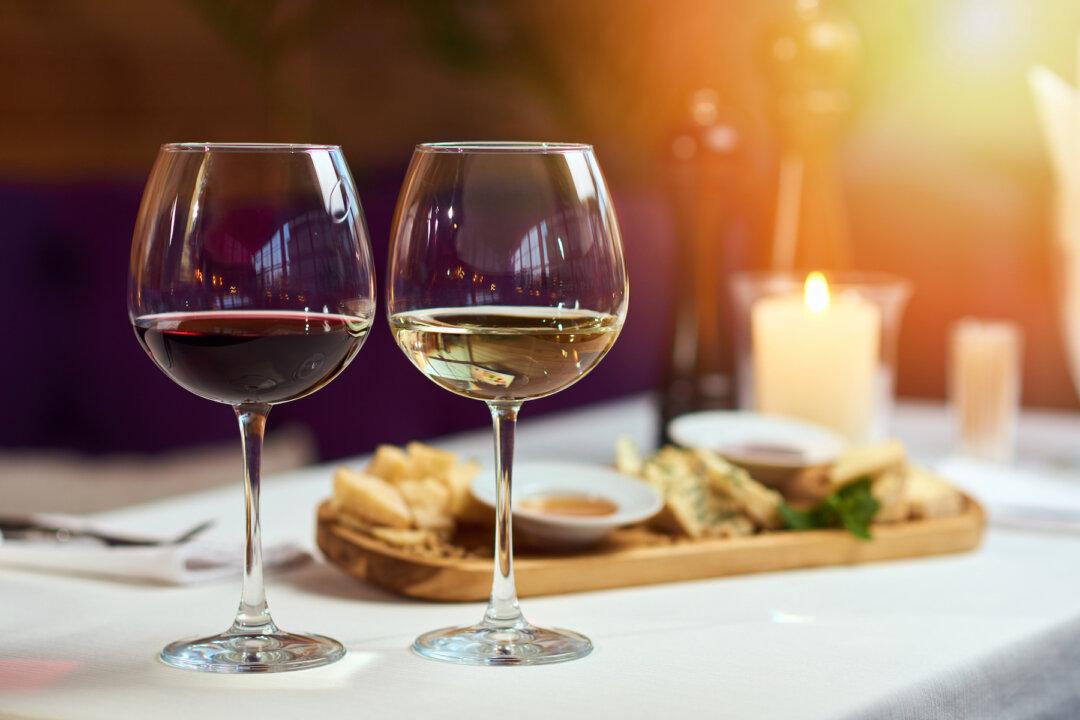One of the world’s greatest grapes, sauvignon blanc, has suffered enough indignities over the years to qualify as a survivor—though the accolades it has received recently make it seem as if it’s always been a star.
In fact, the history of this variety is so checkered that most of today’s younger wine buyers would never guess what crises it faced. Today it’s widely seen as a go-to grape, a patio sipper best on hot days to cool the brow, and great with lighter food.





